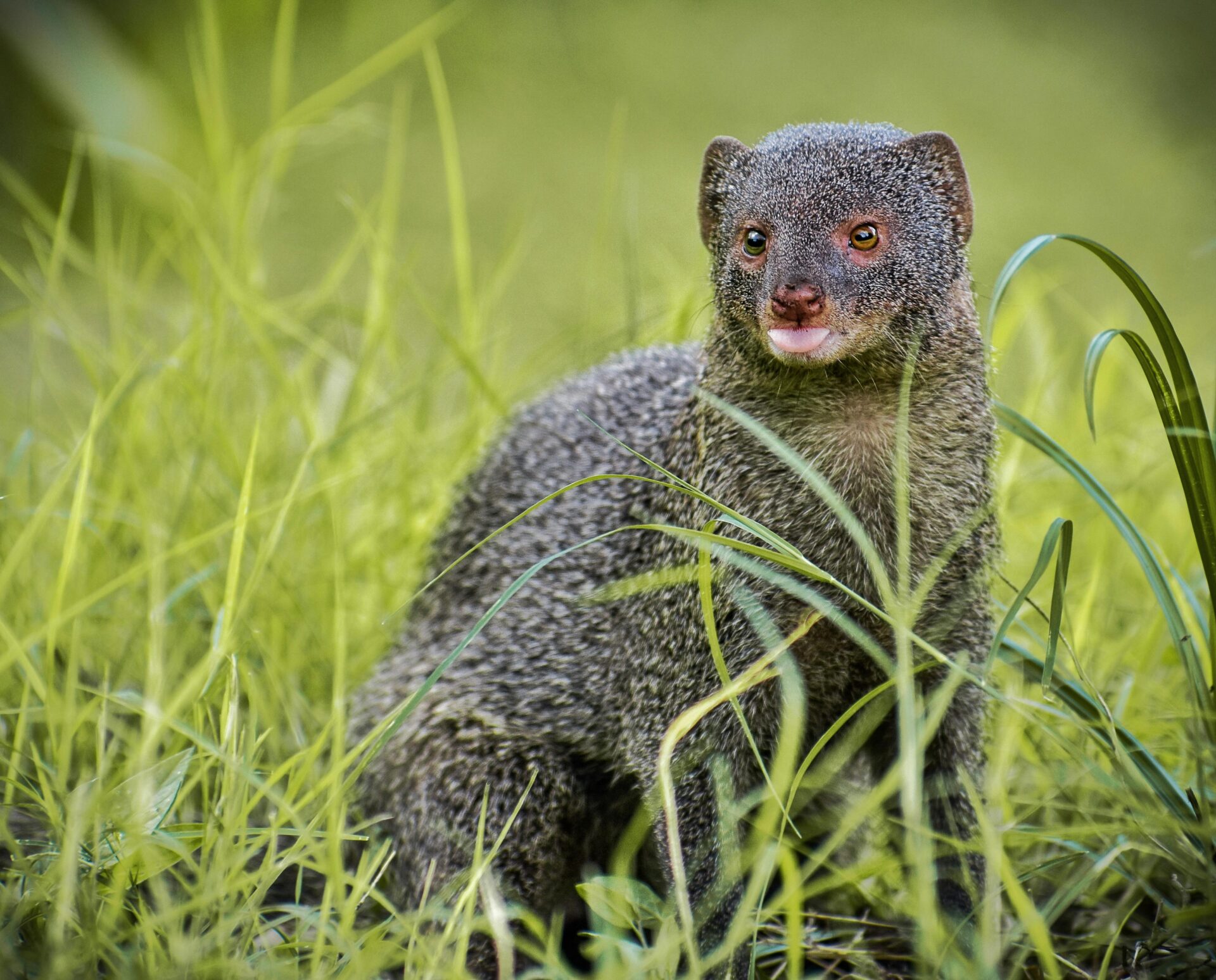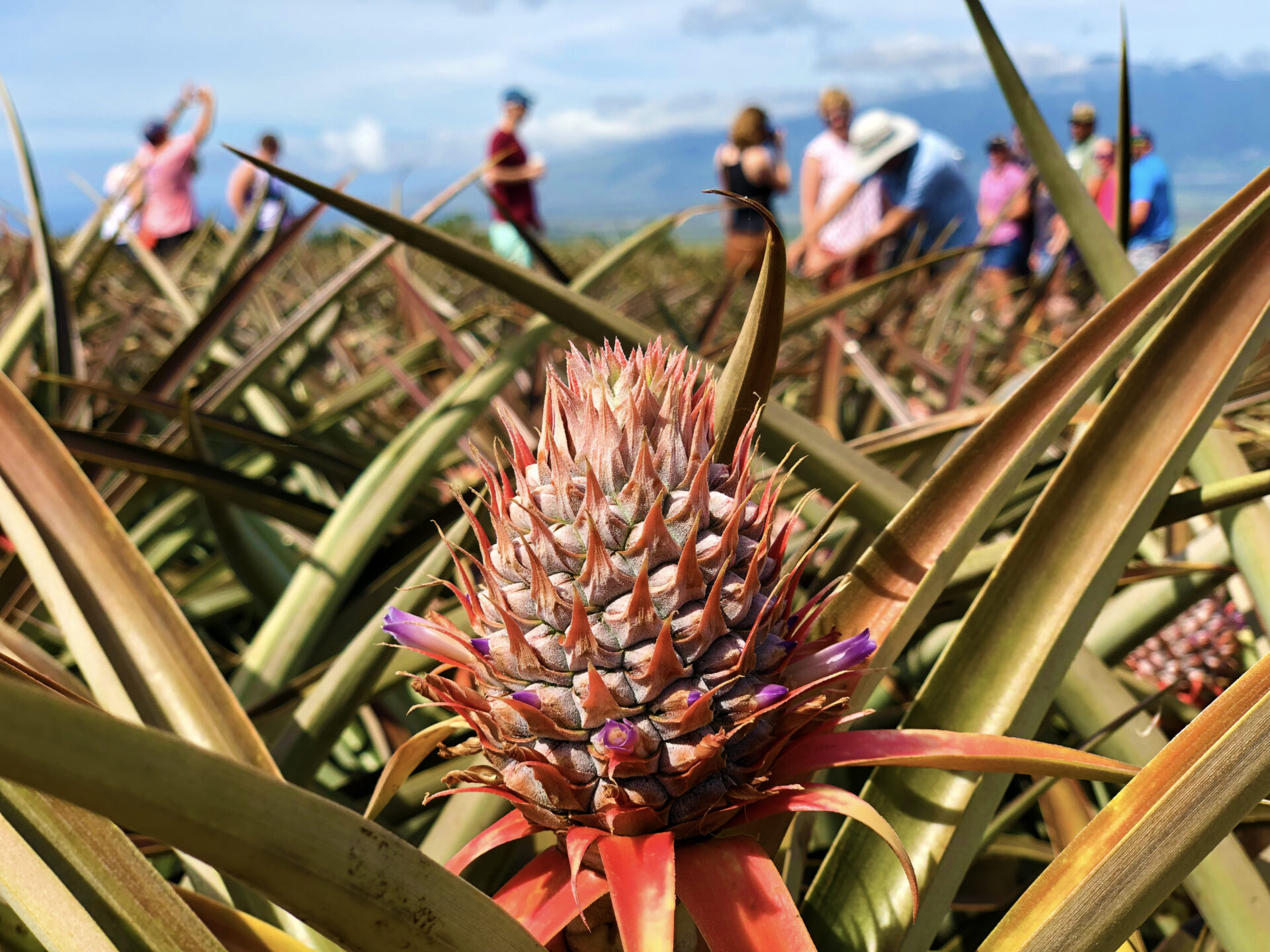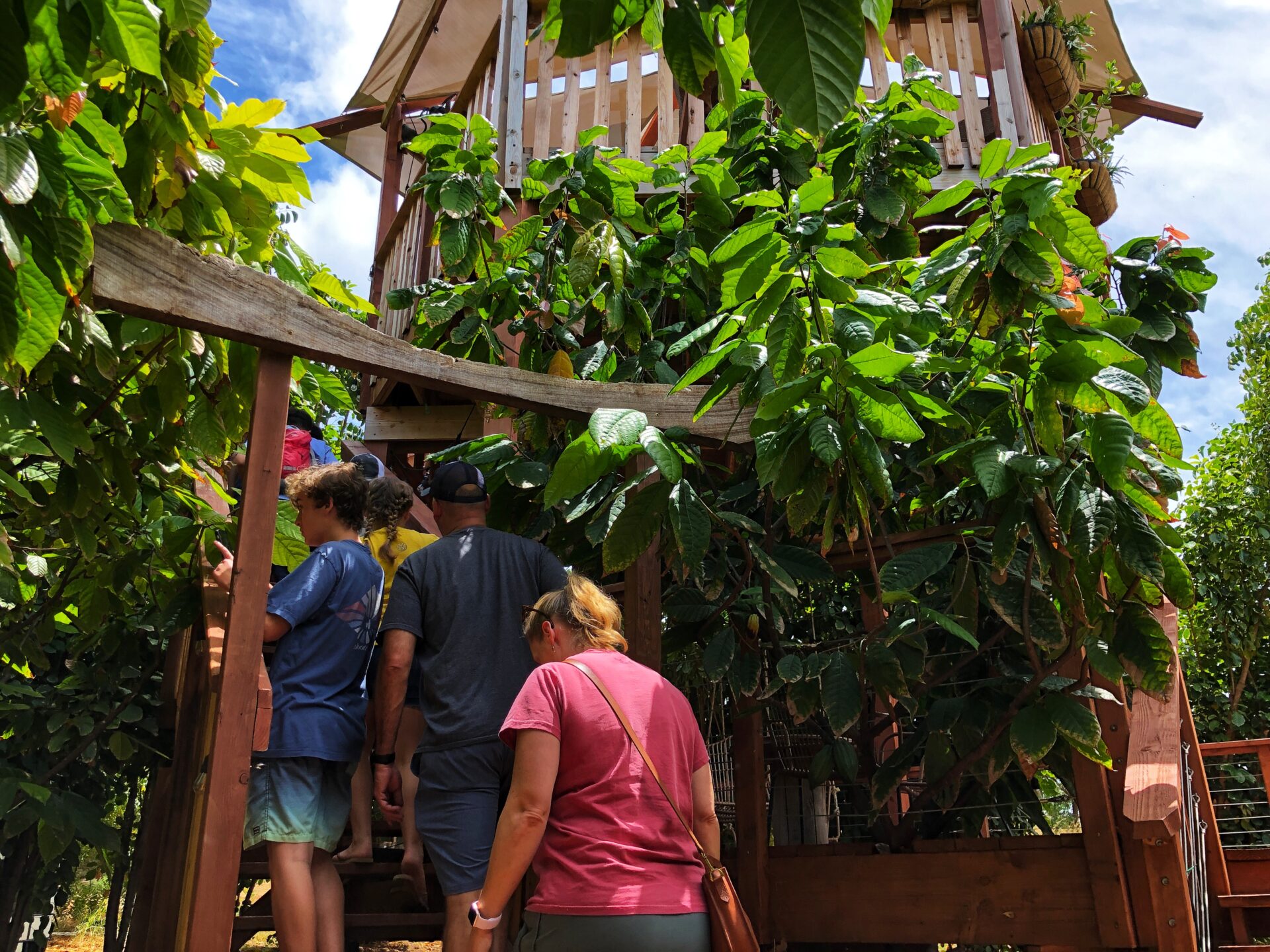Invasive Species in Hawaii have caused a lot of damage to the delicate Hawaiian ecosystem, but how did this happen?
You guessed it – humans. More specifically, the things humans brought with them, both accidentally and on purpose. Some of it was well-intentioned (hey, let’s introduce pigs for food!). Some of it was just bad luck (a rat jumps ship in 1778 and says “Aloha”). Either way, the results have been catastrophic for native ecosystems.
Invasive Species in Hawaii
The Animals Invading Hawaii
Let’s start with the mongoose – the quintessential invasive species in Hawaii. Someone thought it would be a brilliant idea to bring mongooses to Hawaii in the late 1800s to control rats in sugarcane fields. But there was one problem: rats are nocturnal. Mongooses are not. They never even met. Meanwhile, the mongooses got busy snacking on ground-nesting bird eggs and native reptiles. To this day, they’re like little mustachioed villains, lurking in the underbrush.

Then there are the feral pigs. Brought over by early Polynesians and later Europeans, pigs have become ecosystem wrecking balls. They tear up native vegetation, wallow in streams (spreading disease), and basically turn forests into mud wrestling arenas. They also help spread Rapid ‘Ōhi‘a Death, a fungal disease that’s wiping out the beloved ‘ōhi‘a lehua trees like it’s a tree-based horror movie.
And we can’t forget about feral cats, which – yes – are adorable. But they’re also apex predators on islands that weren’t built for predators at all. Native birds that nest on the ground or in low shrubs don’t stand a chance. To them, cats are like sleek little terminators with whiskers.
Invasive Plants: The Green Menace
Think plants can’t be villains? Meet miconia, aka the “green cancer.” Native to Central and South America, this plant grows huge leaves that block out sunlight and completely shut down the understory of native forests. Birds can’t nest. Other plants can’t grow. It’s basically the botanical equivalent of a blackout curtain over the ecosystem.
There’s also strawberry guava, which sounds delicious and is – for pigs. But its real talent is taking over forests and choking out everything else. Birds eat the fruit, spread the seeds in their droppings, and voilà – you’ve got an invasion.
Let’s not forget fountain grass, a pretty ornamental plant turned fire hazard. It burns hot, fast, and often, transforming native dryland forests into tinderboxes.
Bugs, Disease, and a Tiny Mosquito That’s Wreaking Havoc
If you want to see just how delicate Hawaiian ecosystems are, look no further than the mosquito. Not native. Not welcome. And now a vector for avian malaria – a disease that’s wiping out native birds faster than you can say “wait, we have mosquitoes in Hawaii?”
Most native birds live in higher elevations where mosquitoes can’t survive. But with rising temperatures (thanks, climate change), mosquitoes are creeping uphill. As they do, bird populations are crashing. It’s brutal.

So… What Can You Do to Protect Hawaii from Invasive Species?
First off, just knowing this stuff helps. Most visitors – and honestly, some locals – don’t realize how high the stakes are. But awareness is the first step. Here’s what else you can do:
- Stay on trails. Trampling native plants or tracking seeds around helps invasive species spread.
- Clean your gear. Hiking boots, snorkel gear, even your car – clean it all. You don’t want to be an accidental seed mule.
- Don’t transport fruit, plants, or animals between islands (or from the mainland). That’s how invaders hitch rides.
- Support native plant nurseries and conservation orgs doing the hard work – like planting natives, removing invasives, and educating the public.
- And finally, spread the word. Because the more people know, the better shot we have at protecting what’s left.
Supporting the Natural Ecosystem of Hawaii
Hawaii’s ecosystems are fragile, ancient, and irreplaceable. They’re also under siege. But it’s not too late to help. Every choice – every hike, every plant, every trail you take – matters. So walk lightly, look closely, and remember: in Hawaii, even the smallest bird might be a living treasure found nowhere else in the world.
And if you see a mongoose? Just know that little guy’s not supposed to be here.
Land Tours

Maui Pineapple Tour
Pineapple has been a Hawaiian staple for over a century, with the state once being the largest commercial producer globally. Maui Gold Pineapple has been in operation for about 25 years. Tours of their fields and packing facility are available, offering a fascinating and tasty experience.

Maui Chocolate Tour: Guided Farm Tour
Maui Ku‘ia Chocolate Estate in Lahaina offers an in-depth 1.5-hour tasting tour, showing the process from bean to bar, including beverage pairings and a gift card. The farm tour includes tastings in a treehouse-like office. Weekend tours support local charities, and Sunday Sunset Jazz features live music, wine, and chocolate.

0 Comments